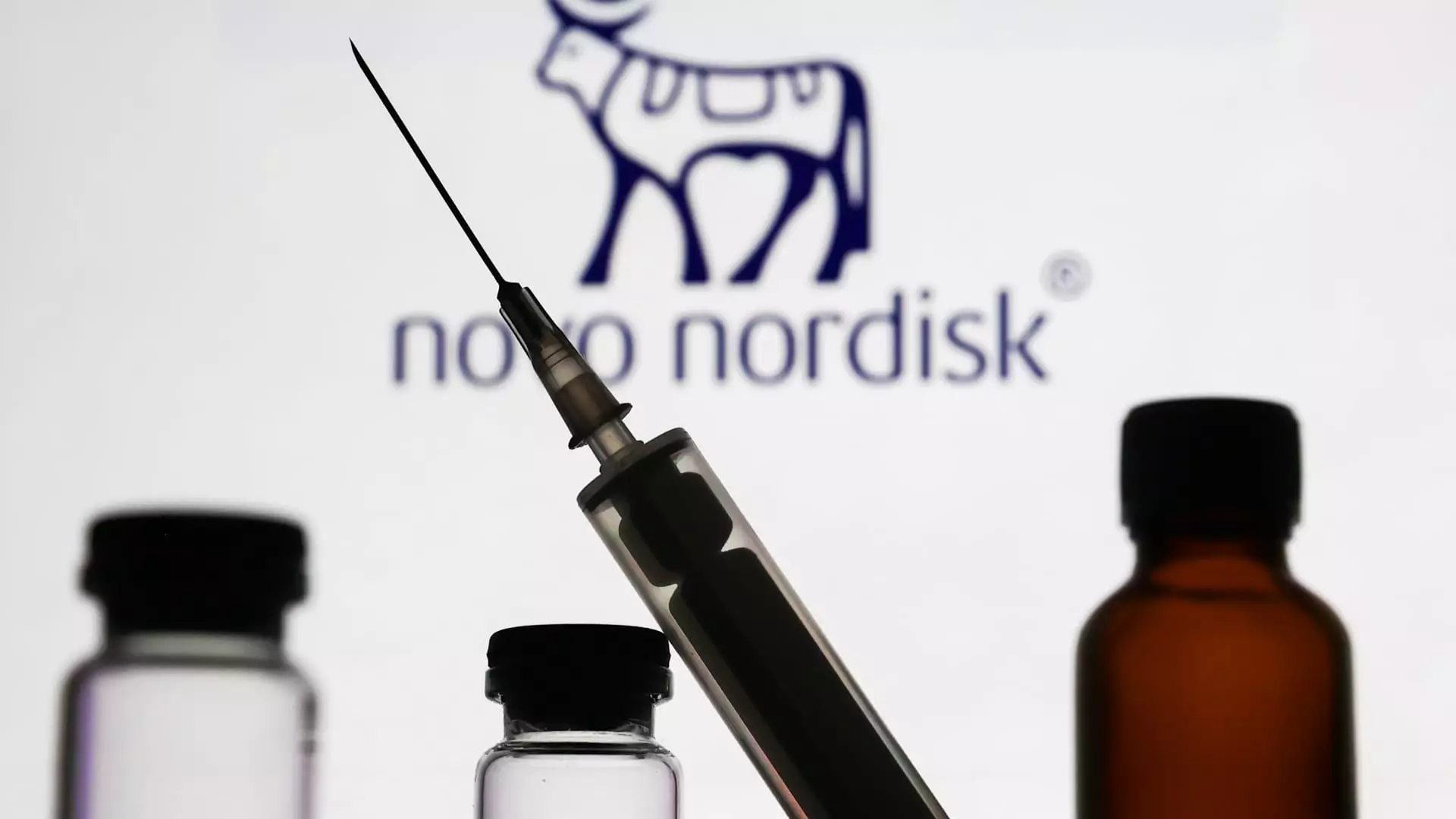The Danish pharmaceutical giant Novo Nordisk has recently made headlines with its impressive earnings report for the fourth quarter. Despite a remarkable surge in demand for its leading obesity medication, Wegovy, the company cautioned investors about a potential deceleration in sales growth in the coming years. This article delves deeper into the implications of these financial results and the strategic outlook for Novo Nordisk.
On Wednesday, shares of Novo Nordisk experienced a commendable uptick, rallying 4.18% by 9:00 a.m. London time following the release of its financial results. The company reported a substantial 29% rise in net profit for the fourth quarter, totaling 28.23 billion Danish kroner (approximately $3.98 billion). This figure not only surpassed the anticipated 26.09 billion Danish kroner but also contributed to an annual profit increase of 21%, reaching an impressive 100.99 billion Danish kroner.
Driving this growth was the phenomenal performance of Wegovy, Novo Nordisk’s flagship obesity treatment. Its sales soared by 107% year-on-year, reaching 19.87 billion Danish kroner ($2.76 billion) in Q4, albeit slightly under the expected target of 20.02 billion Danish kroner set by analysts. Overall, the company’s quarterly sales surged by 30%, with constant currency rates showing a 26% annual increase. This robust growth is primarily attributed to strong demand from markets in North America and the Europe, Middle East, and Africa regions.
While the company celebrated its recent success, it simultaneously issued a cautionary forecast for 2025, projecting a slower growth rate of 16% to 24% in constant currency. This prediction falls short of the current expectations for 2024, which range between 18% and 26%. Novo Nordisk attributed this anticipated slowdown to the rising competition and pricing pressures emerging in the diabetes and obesity care markets.
Susannah Streeter, head of money and markets at Hargreaves Lansdown, noted that the company’s broad range of guidance suggests a potential slowdown in its market share. Nonetheless, she expressed optimism about the ongoing demand for obesity drugs, highlighting their significant health benefits. The crucial factor for accelerated growth in the sector, she suggested, would be the approval of expanded use cases from health regulators.
The remarkable success of Wegovy is a testament to the rising global interest in GLP-1 agonists, a class of drugs designed for obesity management. These medications, including Novo Nordisk’s Wegovy and its rival Eli Lilly’s Zepbound, mimic glucagon-like peptide-1, a hormone responsible for appetite suppression. Despite Novo’s current stronghold in this market, investors remain vigilant regarding the competitive landscape, particularly as new obesity drug candidates from various developers emerge.
One such candidate is CagriSema, an experimental treatment combining semaglutide (the active ingredient in Wegovy) with Cagrilintide, a weight-loss-promoting amylin analog. However, results from late-stage trials released in December were underwhelming, demonstrating an average weight reduction of just 22.7%, compared to the anticipated 25%. This disappointment has tempered market expectations for CagriSema as the potential next-generation obesity treatment.
However, amid these setbacks, there remains hope on the horizon. Early-stage results from another obesity drug, Amycretin, which leverages the amylin pancreas hormone, have shown promise, uplifting the stock’s performance last month. This trend underscores the company’s ongoing commitment to innovation in addressing the obesity crisis.
In light of the mixed signals pertaining to future growth trajectories and competitive challenges, Novo Nordisk’s strategic approach will be crucial in maintaining its leadership in the obesity treatment market. The pharmaceutical company has announced plans to conduct further studies on CagriSema in 2025, with aspirations of filing for regulatory approval in the first quarter of 2026.
The ability to navigate regulatory landscapes and secure approvals for innovative treatments will be vital for sustaining its market position. As consumer health priorities evolve, so too must the strategies of pharmaceutical companies in delivering effective solutions.
While Novo Nordisk has delivered resilient profitability amid rising market demands, the anticipated slowdown in sales growth, coupled with competitive pressures, suggests that the company will need to execute its strategies adeptly to sustain its momentum in the years to come.

Leave a Reply